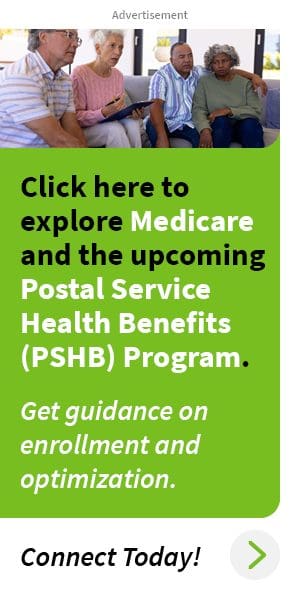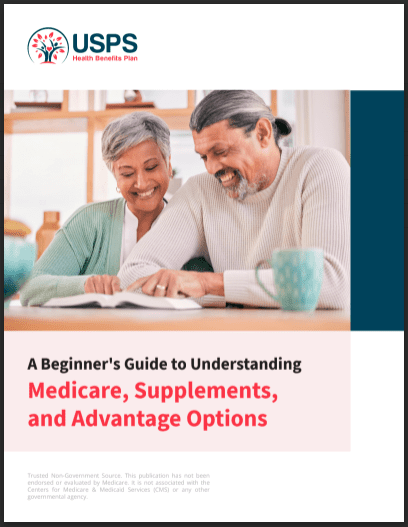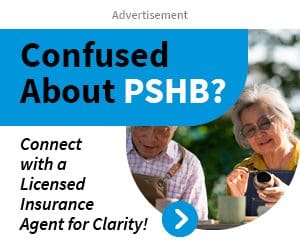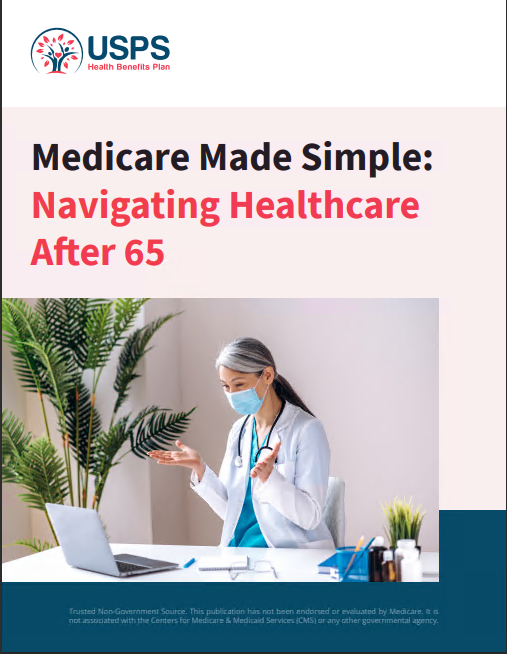Key Takeaways
-
Knowing key Medicare deadlines can save you from penalties and ensure uninterrupted healthcare coverage.
-
Staying informed about PSHB integration with Medicare will help USPS retirees maximize their healthcare benefits.
Why Missing Medicare Deadlines Matters
As a USPS employee or retiree, your healthcare coverage is now tied closely to Medicare through the Postal Service Health Benefits (PSHB) program. Missing certain deadlines can mean penalties, coverage gaps, or higher healthcare costs. Let’s walk through the four essential Medicare deadlines you absolutely must have marked on your calendar.
1. Your Initial Enrollment Period (IEP)
Don’t Miss Your Medicare Introduction
Your Initial Enrollment Period (IEP) is a critical window that spans seven months, starting three months before your 65th birthday month, including your birthday month, and extending three months afterward. During this period, you can enroll in Medicare Part A (hospital insurance) and Part B (medical insurance) without facing any penalties.
What You Risk If You Miss This Deadline
If you fail to enroll during your IEP and don’t have qualifying coverage through employment or your spouse’s employment, you could face penalties that last for the entire duration of your Medicare coverage. Specifically, your Part B premium may permanently increase by 10% for every 12-month period you were eligible but did not enroll.
-
When to Mark: Seven months around your 65th birthday.
-
Duration: Three months before, the month of, and three months after your 65th birthday.
2. Medicare General Enrollment Period (GEP)
Your Second Chance Window
If you miss your Initial Enrollment Period, the Medicare General Enrollment Period (GEP) is your next best chance to sign up. This window opens annually from January 1 to March 31, with coverage starting July 1. However, late enrollment penalties may apply.
Why This Matters for PSHB Enrollees
As a USPS retiree enrolled in the PSHB program, you may be required to enroll in Medicare Part B to maintain your health benefits. If you miss the initial opportunity, the GEP is crucial to keeping your PSHB coverage uninterrupted.
-
When to Mark: January 1 to March 31 each year.
-
Coverage Starts: July 1 of the same year.
3. Medicare Annual Enrollment Period (AEP)
Your Annual Coverage Check-Up
Every year from October 15 to December 7, Medicare beneficiaries get a chance to review and adjust their healthcare coverage during the Annual Enrollment Period (AEP). During this timeframe, you can switch from Original Medicare to Medicare Advantage, change Advantage plans, or enroll in or change your Medicare Part D (prescription drug) coverage.
Making Smart Choices in AEP
With PSHB integration, it’s essential to evaluate your options during this period carefully. Since Medicare plans can change annually, review your current plan’s Annual Notice of Change (ANOC) to see if your benefits, costs, or coverage areas have changed. This ensures your healthcare plan continues to align with your personal needs and budget.
-
When to Mark: October 15 to December 7 each year.
-
Coverage Effective: January 1 of the following year.
4. Medicare Advantage Open Enrollment Period (MA OEP)
Your Medicare Advantage Plan Adjustment
If you’re already enrolled in a Medicare Advantage (Part C) plan, the Medicare Advantage Open Enrollment Period (MA OEP) provides another critical opportunity from January 1 to March 31 to adjust your coverage. During this window, you can switch to another Medicare Advantage plan or revert to Original Medicare and add a standalone Medicare Part D plan.
Staying Flexible with MA OEP
Because PSHB and Medicare Advantage plans may offer differing benefits, the MA OEP is a valuable time to ensure you’re getting optimal coverage. Perhaps your health needs changed, or your current plan increased in cost—use this period to reassess and adapt.
-
When to Mark: January 1 to March 31 each year.
-
Coverage Effective: The first day of the month following your enrollment change.
Important PSHB and Medicare Integration Deadlines
Understanding the PSHB-Medicare Connection
Since January 1, 2025, USPS retirees have been integrated into the new PSHB program. Medicare Part B enrollment is mandatory for many retirees under this new structure, emphasizing the importance of not missing any Medicare deadlines.
Special Enrollment Periods (SEP): Extra Opportunities
Apart from standard enrollment periods, certain life events trigger Special Enrollment Periods (SEP). Events like losing employer health coverage, relocating to a new area, or gaining Medicaid eligibility allow you to adjust your Medicare coverage outside regular periods. These SEPs generally last 60 days following the triggering event.
-
Common SEP Triggers: Retirement, moving, loss of current coverage, Medicaid eligibility.
-
Duration: Typically 60 days after the qualifying event.
How Medicare Deadlines Impact PSHB Costs
Missing enrollment periods can significantly affect your out-of-pocket healthcare costs. While PSHB provides comprehensive coverage, not enrolling in Medicare Part B when required can lead to higher premiums, copayments, deductibles, and coinsurance.
-
Penalties: Late enrollment can permanently increase your Medicare premiums.
-
Coverage Gaps: Missing enrollment can lead to significant periods without health coverage.
Tips to Never Miss a Medicare Deadline Again
Here are simple yet effective strategies to ensure you never overlook these vital deadlines:
-
Mark Your Calendar: Whether digital or physical, clearly mark all Medicare enrollment periods at the start of each year.
-
Set Reminders: Digital alerts or reminders several weeks in advance will ensure you prepare ahead of time.
-
Stay Informed: Regularly review updates from PSHB and Medicare. Annual notices or newsletters often detail crucial enrollment period information.
Final Thoughts on Medicare Deadlines and PSHB
Understanding and remembering these key Medicare deadlines isn’t just about avoiding penalties—it’s about maximizing your benefits and safeguarding your healthcare access. Whether you’re approaching retirement or already retired, proactive management of these enrollment periods helps you maintain affordable, uninterrupted healthcare.
Don’t Wait Until It’s Too Late
If you’re unsure about enrollment dates, or how PSHB and Medicare integration affects you specifically, professional guidance is invaluable. A licensed agent listed on this website can clarify your responsibilities, ensure you never miss a critical deadline, and help you confidently navigate your healthcare options.











